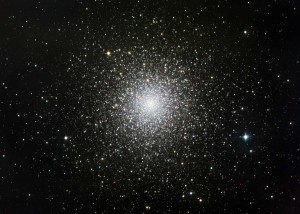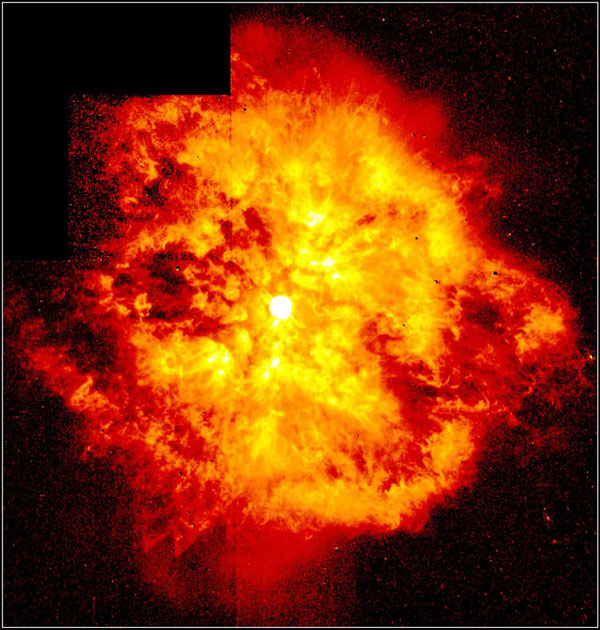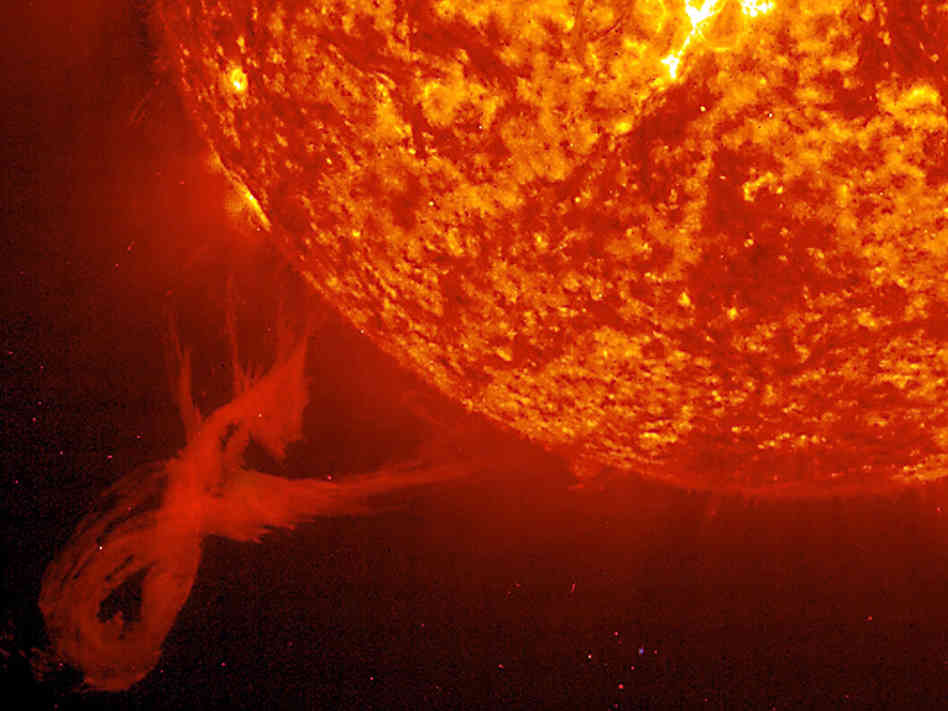Associations
1. It is the group of very young (newly born stars) stars that are in the process of gravitational collapse.
2. Kinetic Energy of stars in the groups are extremely high. Thus gravity can not hold them together for a long time.
3. These are mostly massive stars (O and B type) found in the spiral arms in the plane of the galaxy.
4. Large amount of interstellar matter (gas, dust etc) are associated with these stars, indicating the current on going star formation.
Open Cluster
1. It is a group of few tens to few hundred of stars.
2. The total kinetic energy of individual stars is nearly equal to external gravitational energy. These stars disperse very slowly.
3. These stars emit energetic gamma photons (UV, X-rays, gamma rays etc)
4. Chemical composition is fairly constant.
5. They are located in the same section of the HR diagram.
6. Example: Pleiades (100 million years old and dense)
Globular Cluster
1. It is a group of stars.
2. Distribution of stars is spherically symmetric.
3. Total internal kinetic energy is far less than gravitational energy.
4. They are found in the stellar halo.
5. There are nearly 200 globular clusters in the Milky way.
6. Stars in the Globular clusters are the oldest in the milky way therefore very important in order to study the stellar evolution.
7. The age of Globular cluster is nearly years (oldest star).






